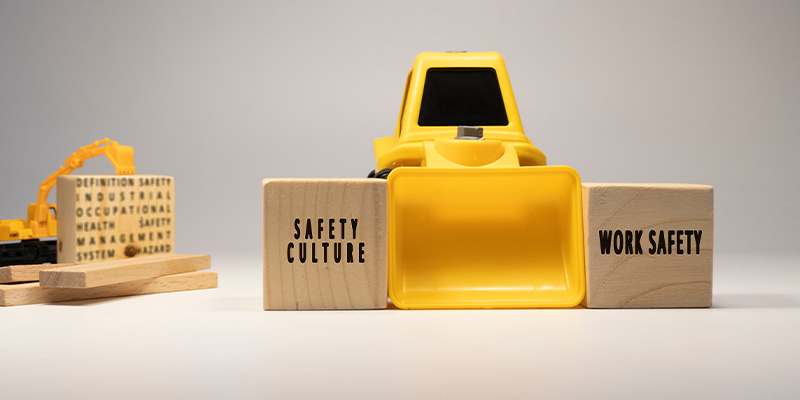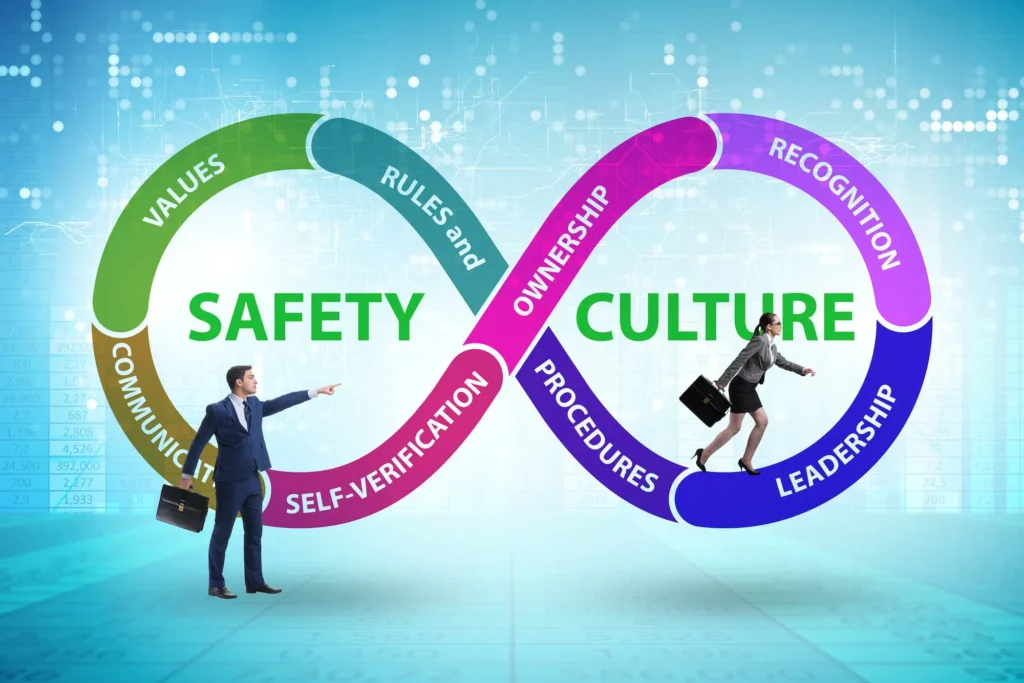A workplace feels steadier when people notice what is happening around them and act with a shared sense of responsibility.
A team that pays attention in a consistent, almost second-nature way tends to avoid close calls and responds quickly when something looks off. Safety stops feeling like a rule that sits on a poster. It becomes part of the daily rhythm.
Awareness As A Practical Skill

Team awareness grows when people know what to look for and when they trust each other to speak up. It starts with small habits that get repeated often. A technician stepping into a warehouse checks the floor for loose straps. A driver pauses for an extra two seconds before moving a pallet. A nurse glances at a colleague and confirms they see the same warning indicator.
Little moments like that carry real weight. They slow the pace just enough for a person to catch potential trouble. The goal is steady attention, not hyper-vigilance. A team needs headspace to do the job well.
A solid base for safer routines often comes from structured learning, and a program like BAM Bättre Arbetsmiljö can give teams a clear starting point.
Simple Ways To Strengthen Daily Awareness
- Create short pre-shift briefings that highlight the day’s pressure points.
- Encourage workers to point out hazards without waiting for a supervisor.
- Add visual cues in high-traffic areas to prompt quick checks.
A team that hears the same reminders at the right times tends to internalize them faster. Repetition is the quiet tool that keeps awareness alive.
Communication That Prevents Small Problems From Growing

A safe environment depends on open conversations. People need to feel comfortable sharing information without worrying about judgment. A short comment about a loose rail or a wet spot can prevent an incident before it forms. Leaders can help by making those comments normal instead of rare.
Building A Communication Loop That Works
A clear reporting process helps, but the tone matters even more. Workers look for cues. When a supervisor listens closely and acts quickly, the entire team pays more attention. The loop stays healthy when communication is steady.
A simple table can help show what an effective loop looks like.
| Step | What Happens | Why It Matters |
| Observation | Team member notices a hazard | Early awareness gives time to act |
| Reporting | Information is shared immediately | Removes guesswork and hesitation |
| Response | Supervisor addresses it on the spot | Reinforces trust in the system |
| Follow-up | Team receives a quick update | Shows that reporting leads to real action |
The cycle stays strong when every step feels predictable and easy.
How Shared Awareness Builds Long-Term Safety Culture

A culture of safety grows when awareness becomes a habit people rely on. Training plays a role, but daily behavior shapes the outcome more than anything. Workers watch each other closely. They learn from small examples. When a veteran mechanic stops to inspect a harness, younger workers adopt the same behavior.
Team awareness also reduces stress. When people know their coworkers are paying attention, they can focus more deeply on their own tasks. Confidence grows because the environment feels steady and supported.
Keeping The Momentum Alive
Leaders keep awareness strong by reinforcing it in steady, practical ways. Quick refreshers. Short walk-throughs. Honest conversations. A clear expectation that everyone stays alert without pressure or blame.
A workplace with strong team awareness avoids many accidents that never make it into a report. Attention becomes a shared shield. Workers feel safer because they know safety is carried by the team, not just written in a handbook.







